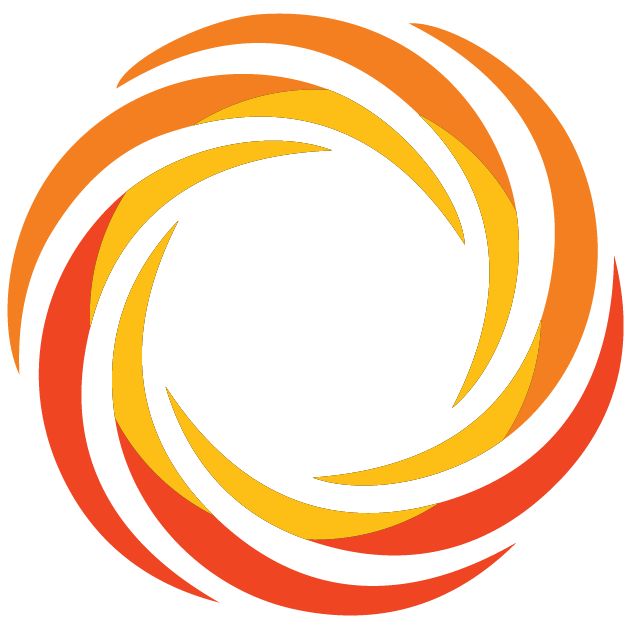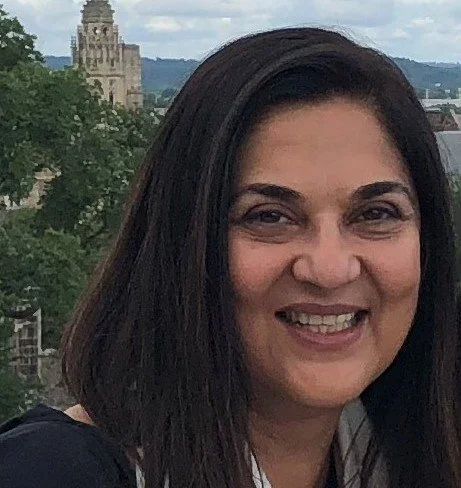Incorporating Virtual Exchange in Coursework: How My Students' Experiences Helped Me Improve My Pedagogy
Dr. Samia Kirchner, Associate Professor of Architecture & Planning and Chair, Internationalization of Education Task Force
Morgan State is a public research university in Baltimore, Maryland, and the biggest HBCU (Historically Black College and University) in the state. First partnering with Soliya in fall 2019, Morgan State has since engaged 172 students in the Connect Program.
In March 2021, Morgan State students and faculty spoke with Soliya team members Salma, Nahid, Asma, and Tyler about their virtual exchange experience. This interview with Dr. Samia Kirchner has been edited for length and clarity.
My course on the built environment includes a component where they have to touch base with their peers, but their peers are all in the same place. The Connect Program brings an international experience and broadens their palette about the different ways in which the built environment affects people.
Those who are participating in the Connect Program are participating more in class, as well -- they are asking questions, not just answering them.
What has been the most rewarding learning outcome for your students?
The majority of my students come from inner city Baltimore high schools, where they're not nurtured as givers of anything. When they have that mindset and then meet someone from Libya who has no idea about the African American experience, my students learn that there is a world out there that they can help inform. The most cherished learning outcome for some is realizing they have something to give to the world. Society keeps telling them that they're takers, so the shift for them that they can be givers is phenomenal.
Soliya students ask questions that have taken me out of my myopia in how I think about the built environment and architecture. I think the history of the built environment should look at issues of geography and politics, rather than just looking at buildings, which is what I used to do.
One of my students was very amazed that in America, we don't really know what Mohamed Gaddafi was really about. My student pointed out that he never thought of Gaddafi as someone his citizens adored; he thought Gaddafi was one of the most hated people on the planet, so he was floored to learn that Gaddafi was actually loved and missed. It made him think about what we do as Americans when we involve ourselves in others' affairs.
Those who are participating in the Connect Program are participating more in class, as well -- they are asking questions, not just answering them. The global issues they discuss in the Connect Program may not necessarily be architectural, but I can see that students bring back questions that I haven't asked, and they're more broad in their knowledge. My students have less knowledge of architecture, so they grab more things from their peers across the world and broaden my horizon. Faculty become more myopic as time passes and we narrow down and zoom into issues. Soliya students ask questions that have taken me out of my myopia in how I think about the built environment and architecture. I think the history of the built environment should look at issues of geography and politics, rather than just looking at buildings, which is what I used to do.
Racism is deep rooted in American and world history and it can be an intense topic to discuss. My students expressed deepest appreciation for Soliya facilitators who are trained in multipartiality. They are so essential to the program. They open the door to fresh perspectives and ask the questions that are traditionally avoided because of controversies.
I ended up tweaking my curriculum and approach based on Soliya’s approach. I ask students to put in exam questions related to that module, and then I poll the students on exam questions. The best question becomes the exam question. This way they are creating their own exam questions. That's a shift in my pedagogy, and as a result, they're asking more astute questions.
What has been the biggest challenge in integrating the Connect Program into your course? Taking out 20 percent of content from my course to allocate to the Connect Program was the biggest challenge. One thing I've learned while implementing the Connect Program is that we as faculty are not content deliverers anymore. We don't have to think of a course as a loaded package with content. That is a shift that faculty must make but are reluctant to make.
One thing I've learned while implementing the Connect Program is that we as faculty are not content deliverers anymore. We don't have to think of a course as a loaded package with content. That is a shift that faculty must make but are reluctant to make.
I've been there myself; we are the custodians of our disciplinary knowledge, so we become these holders of the keys to the safe. We're trained to think we have to unlock this knowledge for students. The information age has been with us for a decade or more and we're still functioning as if that information is not out there. Because of the pandemic, I've had to put all my lectures online. If all that content is out there, what am I doing in the class? Allowing students to absorb the content and then pick elements from it that fit into their aspirations is the guidance and mentorship that we need to do. We need to facilitate their ability to dip into the content strategically to benefit their future. I'm now using experiential ways to deliver the content, and if they are in an environment where they are exposed to people from other cultures, then they can start exploring the experiential content of those peers, and start engaging with the content in a more strategic way.
Interested in initiating dialogues, training your community, or exploring custom solutions? Learn more


